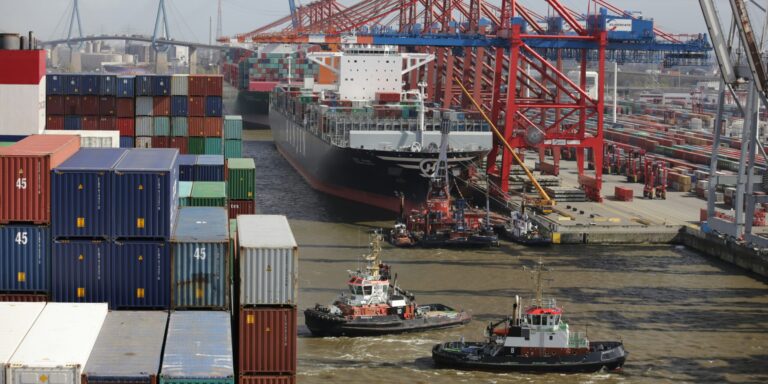The already tense economic relationship between the United States and India reached a new flashpoint on August 16, 2025, when Washington abruptly canceled its scheduled trade talks with New Delhi. The negotiations, originally planned for August 25 through August 29, were expected to provide an opportunity to bridge growing divides between the two countries on key economic issues. Instead, the talks have been called off just days before a significant new round of U.S. tariffs on Indian goods is set to take effect, a move that has unsettled policymakers and business leaders on both sides.
The cancellation comes at a particularly sensitive moment. On August 27, the United States is scheduled to impose an additional 25 percent tariff on a broad range of Indian imports. When combined with existing duties, the new levies will raise tariff levels on some categories of goods to as much as 50 percent. This escalation, U.S. officials say, stems largely from disagreements over India’s economic policies—chief among them the country’s continued purchases of Russian oil despite ongoing Western sanctions, as well as disputes over access to India’s agricultural market. Washington has long pressed India to open its agricultural sector to foreign competition, a demand New Delhi has resisted in order to protect domestic farmers.
India has expressed frustration with both the cancellation of the talks and the timing of the new tariffs. Government officials in New Delhi have pointed out that several European countries continue to maintain trade ties with Russia, and they argue that India is being unfairly singled out. Trade analysts in India warn that the higher tariffs will deal a heavy blow to key export sectors, including jewelry, textiles, chemicals, and certain auto components, where Indian manufacturers rely heavily on the U.S. as a destination market. For some products, particularly in textiles and gems, the new duties will render Indian exports significantly less competitive compared to goods sourced from other countries.
Read Also: https://nvtoday.com/sweeping-tariffs-roll-out-as-trump-reshapes-u-s-trade-landscape/
Economic data released earlier this month underscores the precarious timing for India. The country’s trade deficit widened to an eight-month high of more than $27 billion in July, driven by rising imports of energy and other commodities. At the same time, export growth has remained sluggish, leaving India vulnerable to any further disruptions in its trade with major partners like the United States. Indian exporters are now bracing for tighter margins and possible job losses as demand weakens under the weight of higher U.S. duties.
For American businesses, the consequences may also be significant. Many U.S. companies rely on Indian imports, not only for finished goods such as clothing and jewelry but also for intermediate products and raw materials used in domestic manufacturing. The sudden increase in tariffs will raise costs throughout supply chains, likely leading to higher prices for consumers. Small and mid-sized businesses that import directly from India may be especially hard hit, as they often lack the ability to absorb higher costs or shift sourcing quickly to other countries.
The cancellation of the talks has left uncertainty about whether the two nations will find a way back to the negotiating table. Without a new date announced, diplomats and trade experts warn that the lack of dialogue could worsen tensions at a time when both countries would benefit from cooperation. The United States and India have often described their relationship as a strategic partnership, particularly in areas such as defense, technology, and energy. However, the current trade standoff highlights the limits of that partnership when economic priorities clash.
Observers note that the disruption comes against the backdrop of a shifting global trade order. Both Washington and New Delhi are navigating a world where supply chains are being redrawn, tariffs are increasingly used as geopolitical tools, and governments are seeking to balance domestic pressures with international alliances. In this context, the cancellation of high-level trade discussions and the imposition of steep tariffs could have ripple effects far beyond the immediate disputes. Other countries may take note of how Washington is treating India, while multinational corporations may reassess the risks of relying too heavily on supply lines that pass through politically sensitive trade corridors.
For now, the path forward remains uncertain. Indian officials have said they remain open to dialogue, but they are also exploring retaliatory measures that could affect U.S. exports to India. American businesses, meanwhile, are calling for clarity, warning that the absence of stable trade frameworks makes it difficult to plan investments and pricing strategies. With the tariff deadline now looming and no talks in sight, the possibility of a deeper rift between the world’s largest and fifth-largest economies is becoming increasingly real.


